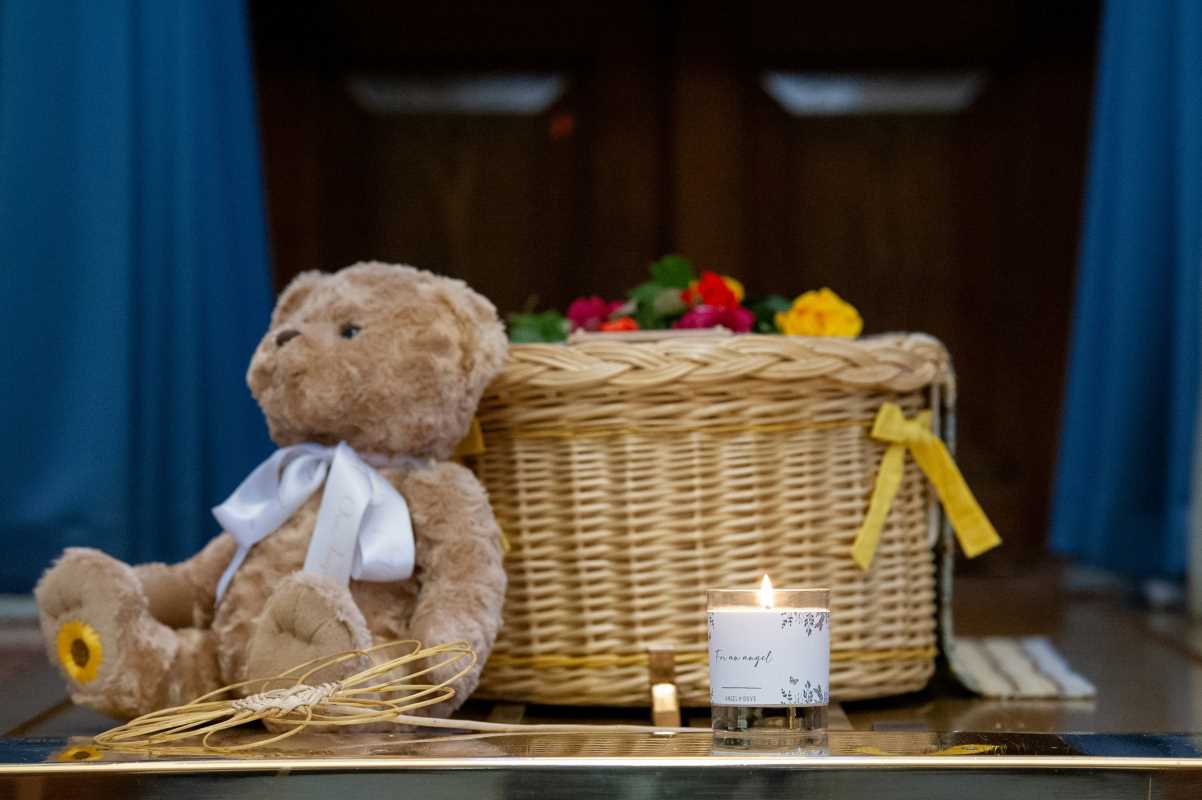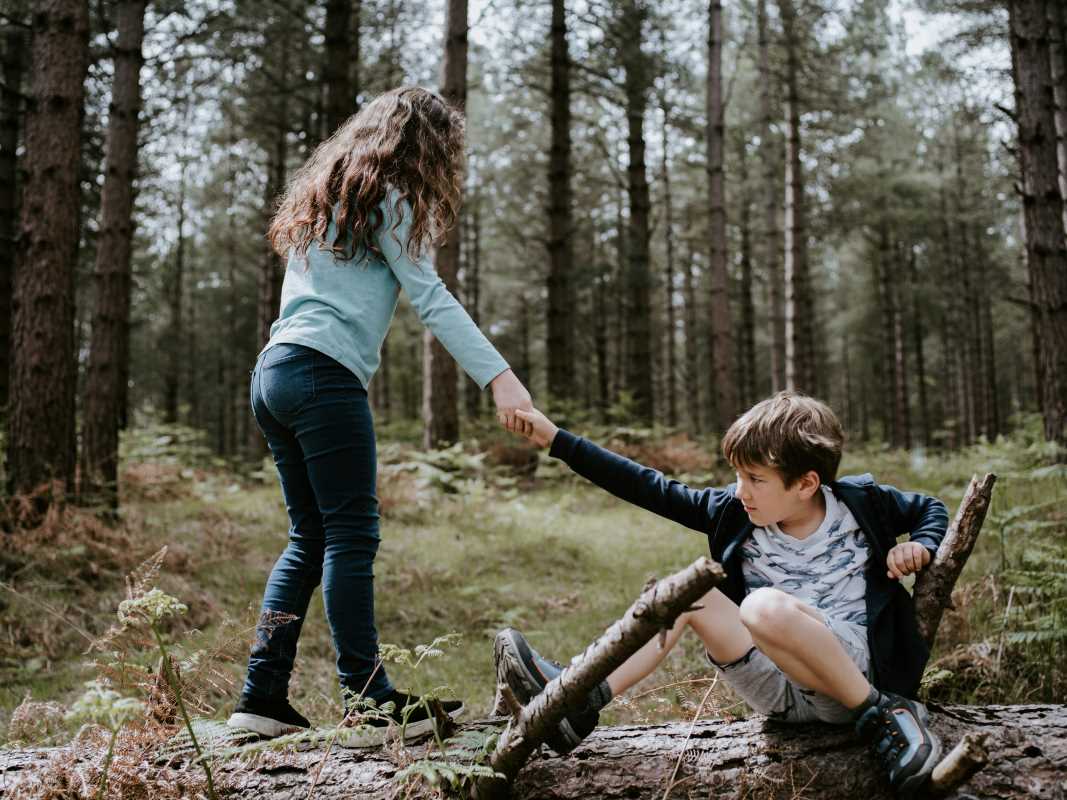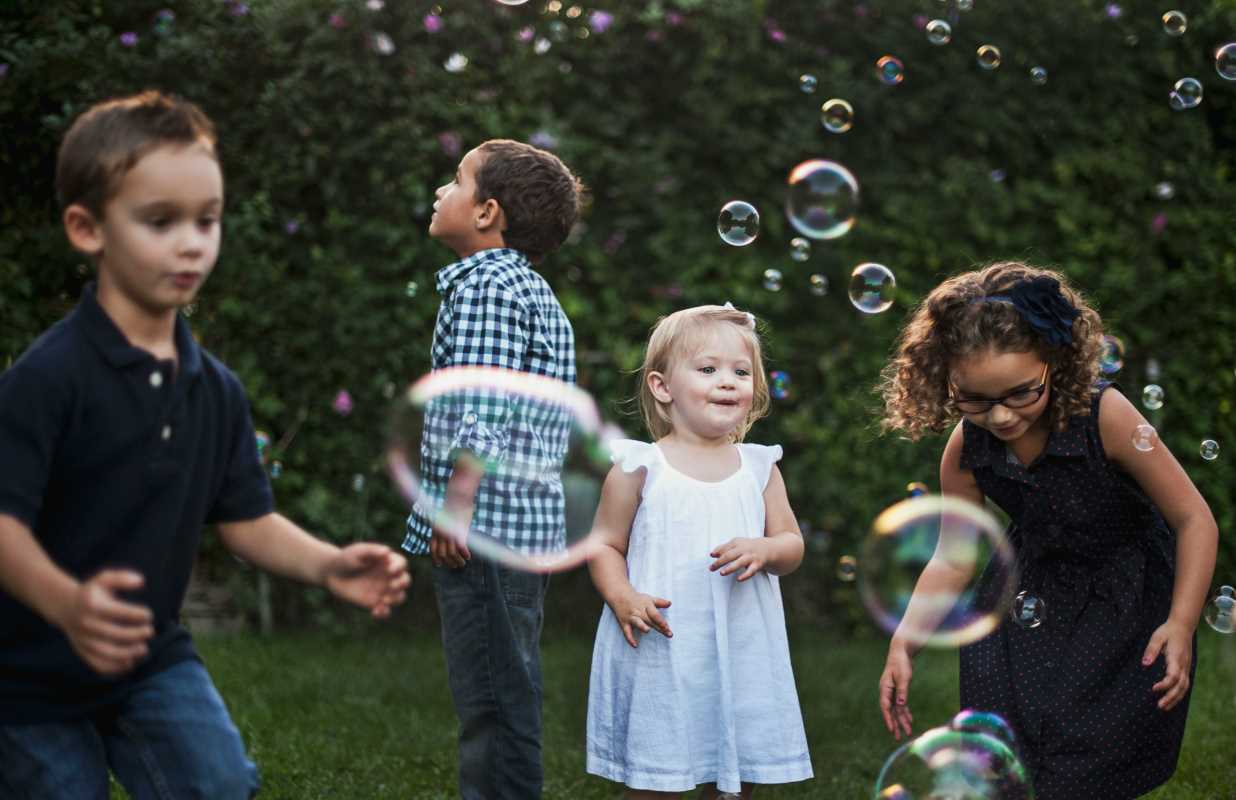There is no guidebook for grief. For adults, navigating the loss of a loved one is a disorienting and painful journey. But when you have to walk that path while holding the hand of a child, the experience takes on another layer of complexity and heartbreak. As parents and caregivers, our instinct is to protect children from pain. We want to shield them from the harsh realities of the world, and there is no reality harsher than death. But shielding them from grief is not only impossible, but it can also be detrimental.
Grief is not an adult emotion. Children feel it just as deeply, but they express it differently. Their understanding of death is still developing, and their ways of processing it can seem confusing or even disconnected to us. They might ask blunt questions at inappropriate times, switch from tears to wanting to play in a matter of seconds, or express their sadness through anger or physical symptoms. Our role is not to erase their pain but to be a safe harbor in the storm, guiding them through the waves of grief with honesty, compassion, and unwavering support.
Use Clear and Honest Language
When talking to a child about death, there is a strong temptation to soften the blow with euphemisms. We say that a loved one has "gone to sleep," "passed away," or that we "lost" them. While these phrases are well-intentioned, they can be incredibly confusing and even frightening for a child. A child who is told that Grandpa "went to sleep" might become terrified of bedtime, fearing they won't wake up either. The idea that someone can be "lost" might make them anxious about getting lost at the grocery store. Children are concrete thinkers, and they need clear, simple, and honest language.
It is important to use the words "death," "dead," and "died." You can say, "I have some very sad news to share. Grandma’s body was very old and sick, and it stopped working. She has died." This is direct, but it is also gentle. It explains the concept in a physical, biological sense that a child can begin to grasp. Be prepared for questions, and answer them as honestly as you can. It’s also okay to say, "I don't know." Admitting you don't have all the answers is far better than making something up that could cause more confusion later.
Encourage All Forms of Expression
A child's grief doesn't always look like an adult's. They may not sit and cry for long periods. Instead, their grief might come out in bursts, interspersed with normal play. It can manifest as anger, irritability, clinginess, or a regression in behavior, like bedwetting or thumb-sucking. It is crucial to understand that all of these expressions are normal. There is no right or wrong way to feel, and children need to know that whatever they are feeling is okay.
Create a safe space for them to express their emotions without judgment. Sometimes, children can't find the words for their big feelings, so providing other outlets is essential. Drawing, painting, or playing with clay can be powerful ways for them to process what's happening internally. You could suggest they draw a picture of a favorite memory with the person who died. For older children, journaling can be a private and safe way to explore their feelings. The goal is not to force them to talk, but to make sure they know you are ready to listen or just be with them whenever they are ready.
Maintain Routines and Offer Reassurance
In the chaotic and uncertain time following a loss, routines are an anchor. The world may feel like it has been turned upside down, but the familiar rhythm of bedtime stories, mealtimes, and school days provides a vital sense of security and predictability. As much as possible, try to stick to your child’s normal schedule. This consistency communicates that even though something sad and disruptive has happened, their world is still safe and stable. It reassures them that life, in its fundamental way, will go on.
This is also a time when children need extra reassurance about their own safety and the safety of the other important people in their lives. A child's world revolves around their caregivers, and the death of one person can trigger fears about others dying too. They might ask, "Are you going to die?" This question can be jarring, but it's a direct plea for reassurance. You can respond honestly and calmly, saying something like, "That is a scary thought. Most people live for a very long, long time. I am healthy, and I plan on being here for a very long time to take care of you."
Ways to Memorialize and Remember
Remembering the person who died is an important part of healing. It helps a child understand that while the person is no longer physically present, the love and the memories remain. Creating rituals and ways to honor the loved one can be a beautiful and constructive way to process grief as a family. This shifts the focus from the pain of the loss to the joy of the person's life.
Finding ways to keep the person's memory alive can be a comforting and ongoing process. These activities allow a child to feel a continued connection and can be adapted as they grow older.
- Create a memory box and fill it with photos, mementos, and small objects that remind you of the person.
- Plant a tree or a special flower in your garden in their honor.
- Look through photo albums together and share stories. Encourage your child to share their favorite memories, too.
- On special occasions like birthdays or holidays, do something the person loved to do, like baking their favorite cookies or visiting their favorite park.
- Write a letter or draw a picture for the person who died and put it in a special place.
Don't Hide Your Own Grief
In an effort to be strong for our children, we often try to hide our own sadness. We cry in the shower or after they've gone to bed, putting on a brave face in front of them. While this comes from a place of love and protection, it can send a confusing message. It can make a child feel that sadness is something to be hidden, or even that they are alone in their feelings. Seeing you grieve gives them permission to grieve, too.
This doesn't mean you should be overwhelmed by your emotions in front of your child, but it does mean it is okay for them to see you cry. You can say, "I'm feeling very sad right now because I miss Grandpa so much." This models that sadness is a normal and natural response to loss. It shows them that you are on the same team, navigating these difficult feelings together. Sharing your grief opens the door for connection, allowing you to support each other through one of life's most difficult experiences.
 (Image via
(Image via





